1663
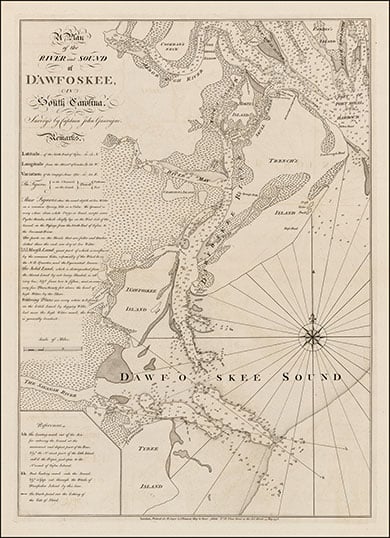
1663: Island surveyed by William Hilton, an English sea captain, sailing from Barbados in search of tropical lands on which to establish profitable English plantations.... becoming “Hilton's Headland” as it was written about in Capt. Hilton’s journal.
1698
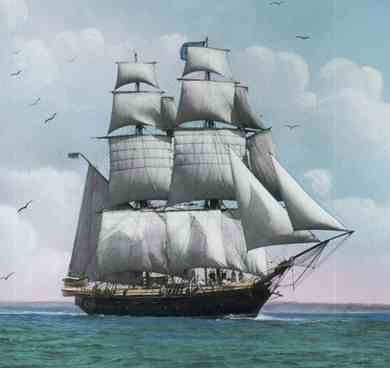
1698: John Bayley of Ireland took title to 16,200 acres. 24 years later his son appointed Alexander Trench, to be the first real estate agent. The Island was referred to as Trench's Island.
Early 1700s
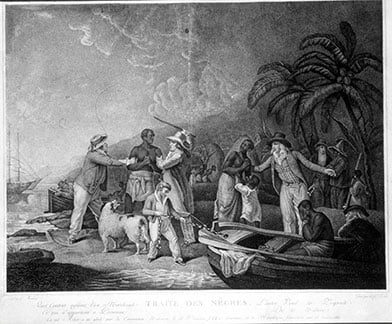
Early 1700s: Enslaved West Africans begin being brought to the Georgia and South Carolina sea islands, including Hilton Head Island, to tend the rice and cotton fields.
1730- 1739
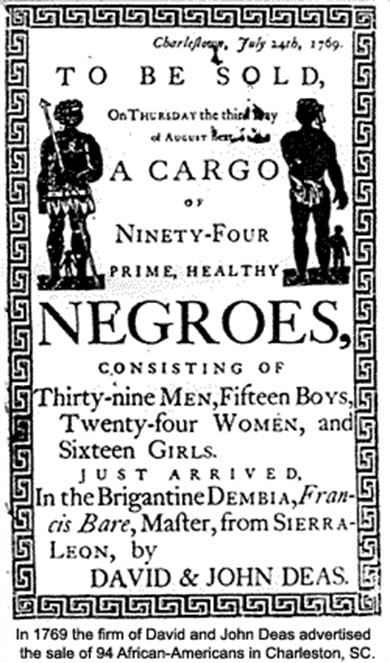
1730-39: About 20,000 enslaved Africans are brought to South Carolina.
1740

1740: Indigo introduced on the Island. Cultivated and tended by the growing population of enslaved Africans, the indigo bricks became an important export sold to the English for dye.
1790
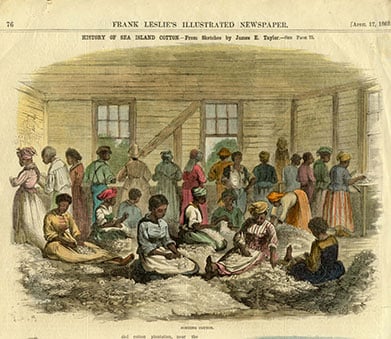
1790: The first successful crop of long-staple or Sea Island cotton is grown at Myrtle Bank Plantation, now known as Dolphin Head in Hilton Head Plantation.
1813
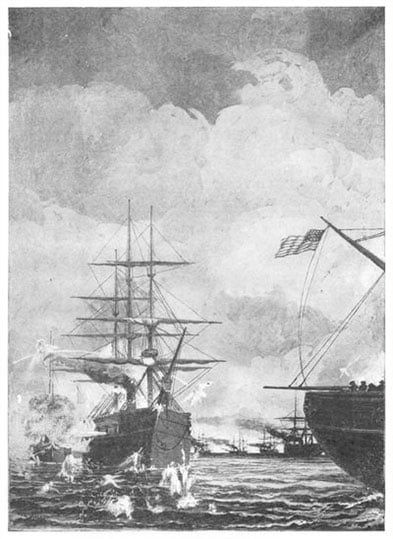
1813: British forces land on Hilton Head and burned most of the houses that existed at the time.
1861
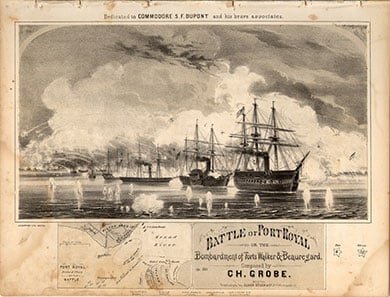
November 7, 1861: Union troops take over the Island following the Battle of Port Royal at Fort Walker. 13,000 Union troops flooded onto the Island immediately following the battle to establish the main Union blockade base on the South Atlantic coast.
1862
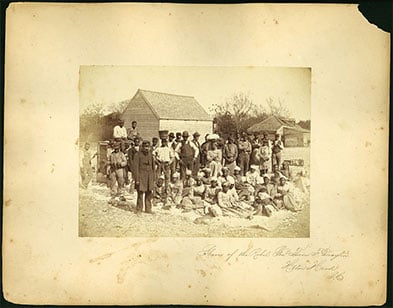
April 1862: General Hunter issued a military order freeing blacks in the sea islands but it was rescinded by Lincoln shortly there after: President Lincoln developed his own plan of emancipation - the Emancipation Proclamation - officially making the “contraband of war slaves” freedmen on January 1, 1863.
1862
May 1862: Robert Smalls, a slave, pilots a Confederate steamship Planter, from Charleston, past two Confederate checkpoints to Union waters and is guided to Hilton Head Island and freedom.
1862
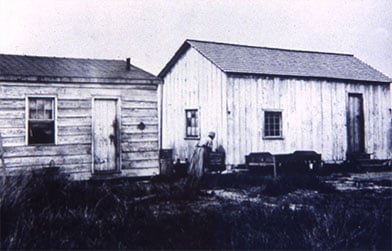
1862: General Ormsby Mitchel established the town of Mitchelville to house the Island's ‘contraband’ community. This was the first self-governing, Freedmen’s Village in the United States - now along Beach City Road.
1862
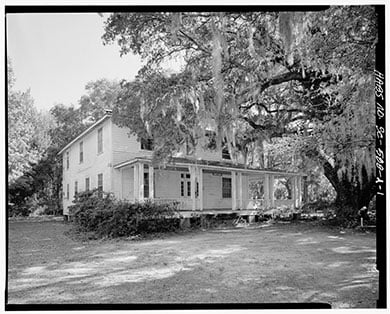
1862: The Port Royal Experiment was a program organized by the Philadelphia Freedom Society and begun during the Civil War in which former slaves successfully worked on the land abandoned by fleeing plantation owners. Penn School, later renamed Penn Normal, Industrial and Agricultural School was part of this program providing education, teacher training, training in wheel-wrighting, carpentry, cobbling, blacksmithing, and the agricultural sciences.
1862
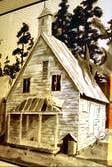
1862: The First African Baptist Church is founded on Hilton Head Island.
1864
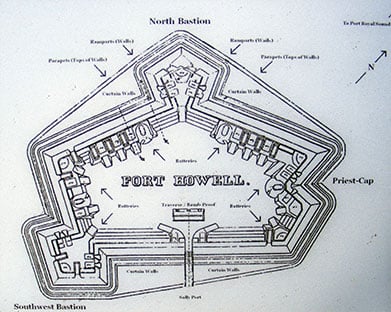
1864: Fort Howell, an excellent example of the defensive earthworks common to the Civil War era, is completed by the 32nd U.S. Colored Infantry Volunteers. Its purpose was to protect the freedmen’s village of nearby Mitchelville.
1865
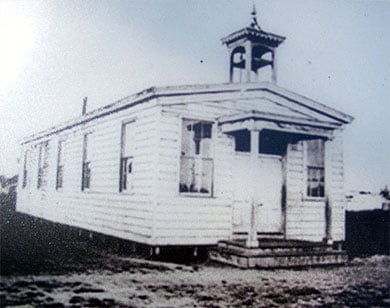
1865: The Queen Chapel A.M.E. Church is founded. Sometimes referred to as Quinn Chapel, this was the first AME church established in the south, when missionaries arrived under the protection of the Union forces.
1865
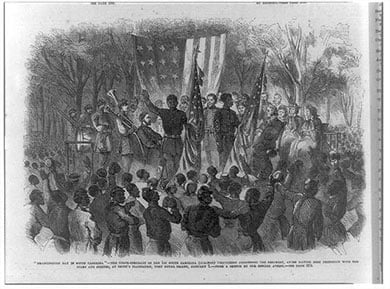
February 1, 1865: President Lincoln signed the 13th Amendment. It was then ratified on December 6, 1865 and is the only Constitutional amendment signed by a President.
1865
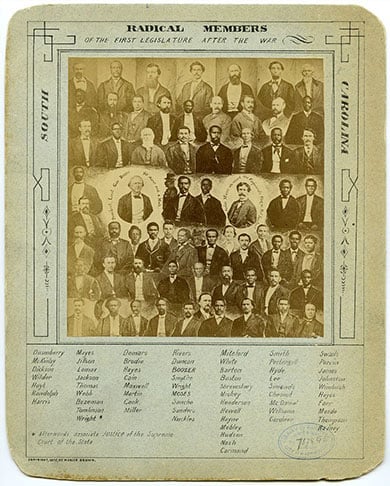
1865: Following the war, white South Carolinians rewrite the state constitution in order to return to the union. They restrict the right to vote and elect an all-white legislature that then passes the “Black Codes,” which restrict rights of the newly freed people. Congress responds by passing the Reconstruction Acts, which require that the state rewrite the Constitution. African-Americans participated under federal military supervision.
1893
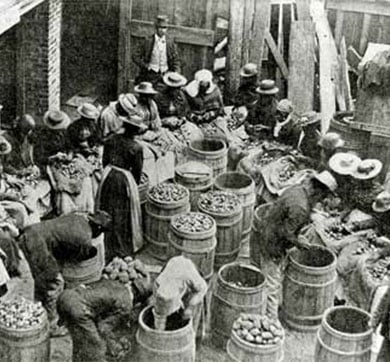
1893: An enormous hurricane and tidal surge hit the Island and 2,000 people died in the Beaufort County area. Clara Barton and the Red Cross stayed in Beaufort County for 9 months assisting victims.
1920s
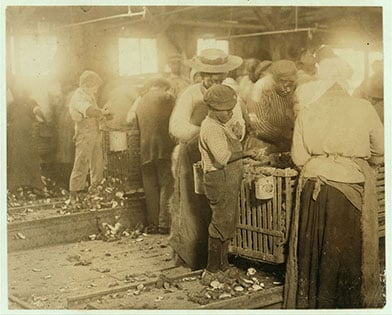
1920s: The Boll Weevil destroyed all of the Sea Island Cotton in the region. Oystering became a primary source of income.
1940
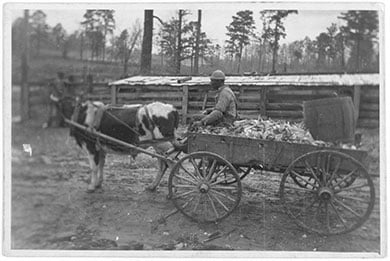
1940: The Island's population was approximately 1,100 most of whom were Freedmen descendants.
1949
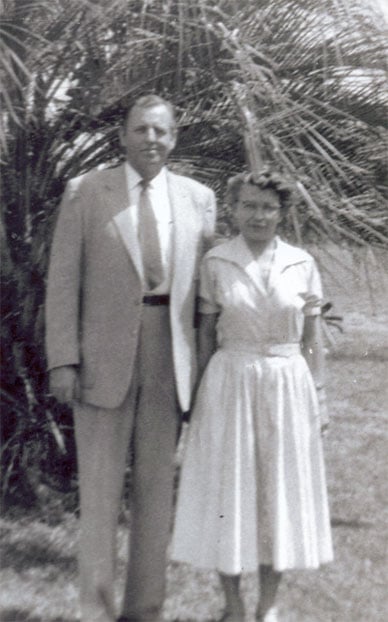
1949: Modern era of the Island begins when Georgia timberman, Fred Hack spies the fine stands of pine and oak trees on the Island and begins purchasing large tracts of land.
1950- 1952
1950-1952: Logging became the prevalent business on the Island with 31 lumber mills. The Island’s population is now 300, mostly Freedmen descendants.
1960s
1960s: Penn School is chosen by Dr. Martin Luther King, Jr. and members of the Southern Christian Leadership Conference as a training site for retreat and strategic planning. The Peace Corps and the Conscientious Objector Programs also used the site for training, lodging, planning and community service.
1972
1972: St. James’s Baptist Church brick sanctuary, the third to serve its congregation is constructed and is one of the oldest surviving institutions remaining from the town of Mitchelville.
1972
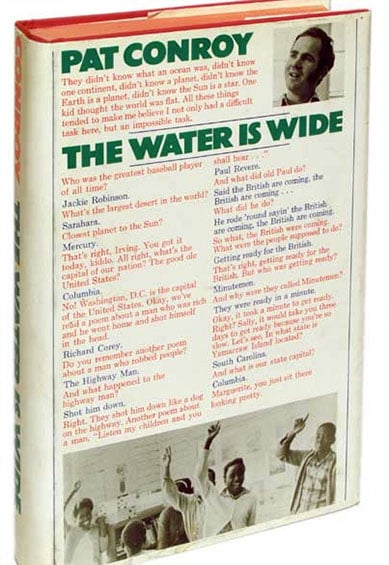
1972: “The Water Is Wide”, a memoir by Pat Conroy is published. Based on Mr. Conroy’s work as a teacher on Daufuskie Island, where he taught Gullah children in the 1960’s. Later made into the movie “Conrack”.
1980s
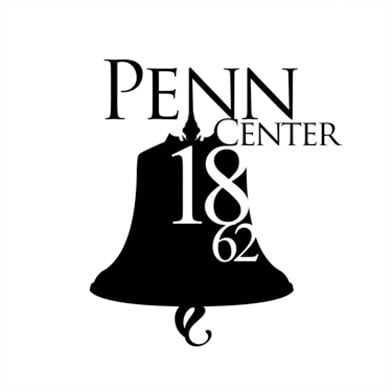
1980s: Penn Center (formerly Penn School), in its role as a local, national and international resource center, organizes as an agency linking the past with the future by preserving the unique history, culture and environment of the Sea Islands.
1994- 1998
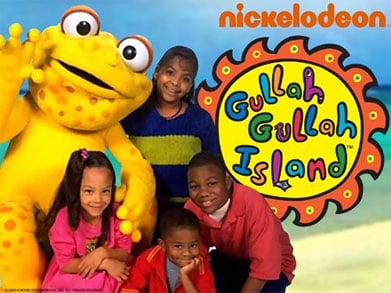
1994-1998: “Gullah Gullah Island”, the first television show featuring a Gullah family, starred Ron and Natalie Daise and appeared for three seasons on Nickelodeon.
1996
1996: The Hilton Head Island Gullah Celebration is established to showcase the rich cultural heritage of the Gullah people and their history on Hilton Head Island. The Celebration creates economic development opportunities for minority business owners, develops the cultural tourism market and increases tourism in February on Hilton Head Island, historically the slowest month of the year.
1997
1997: The Native Island Business and Community Affairs Association (NIBCAA) is formed, which provides business loans and leadership training, and formally runs the Hilton Head Island Gullah Celebration to recognize the local culture.
1999

1999: Gullah artist and Beaufort County native, Jonathan Green shows five paintings in support of the exhibit, “I Made This Jar…", by potter Dave at The High Museum in Atlanta, and the Charles H. Wright Museum of African American History in Detroit.
2006
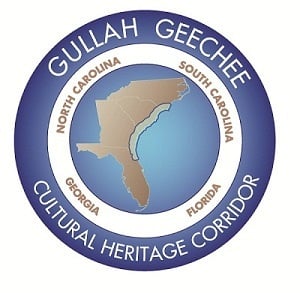
2006: Gullah-Geechee Cultural Heritage Corridor was designated by Congress.
2007
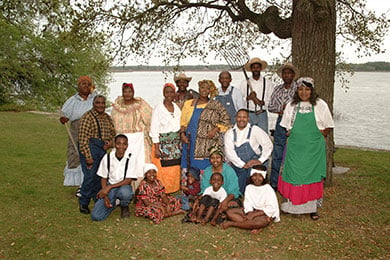
2007: “Tales From The Land Of Gullah For Kids”, stories and songs by Anita Singleton-Prather and The Gullah Kinfolk released.
2010
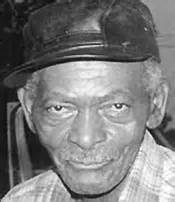
December 2010: Bridge along Spanish Wells Road renamed Charlie Simmons, Sr. Memorial Bridge. He was known as “Mr. Transportation” among the local community. Before the first bridge was constructed to connect Hilton Head Island to the mainland, Mr. Simmons operated the first mechanized ferry in the 1930's that offered daily service between the Island and Savannah.
2012
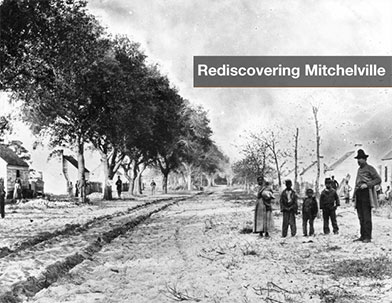
2012: BBC News Magazine features Mitchelville.
2012
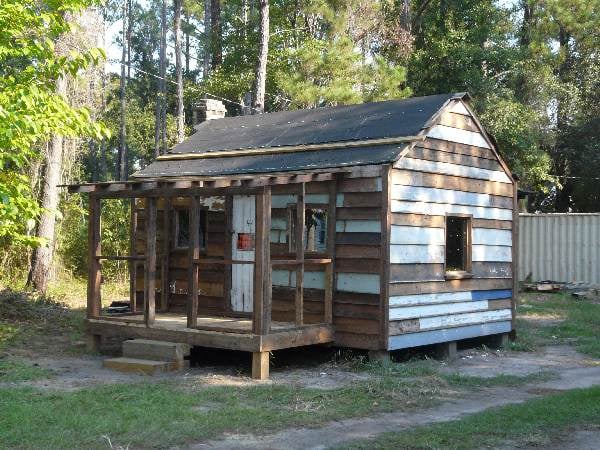
March 2012: Historical marker erected at site of the William Simmons House, built in 1930 on land purchased after 1865 by William Simmons (ca. 1835-1922) who born a slave, served in the U.S. Army, enlisting in the 21st U.S. Colored Infantry as Ira Sherman. The structure is typical in materials and construction methods of those built on the S.C. Sea Islands from the end of the Civil War to the mid-20th century.
2012
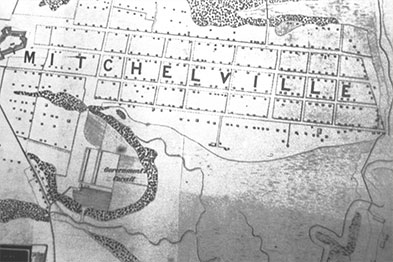
May 2012: Historic markers unveiled at the Mitchelville Freedom Park as the inaugural touchstone in preserving this site, to protect and promote the heritage of Mitchelville as a national freedom park.
2012
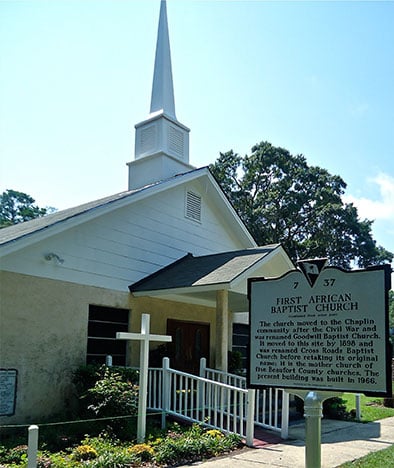
August 19, 2012: The First African Baptist Church, one of the few tangible remnants of Mitchelville and the Island’s oldest church, celebrates its sesquicentennial unveiling a new cornerstone and historical marker.
2012
2012: Penn Center celebrates its sesquicentennial and the 30th anniversary of the Annual Penn Center Heritage Days Celebration.
2012
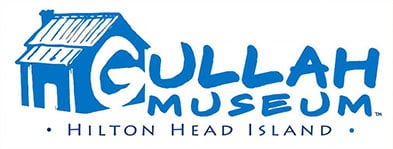
October 2012: Gullah Museum of Hilton Head receives the Preservation Honor Award from the National Trust for Historic Preservation.
2012
November 21, 2012: Cherry Hill School selected by the U.S. Department of Interior, National Park Service, for listing in the National Register of Historic Places. Built in 1937, it is the only one-room school house that was constructed on the Island, and is still at its original site - once part of the historic town of Mitchelville.
































